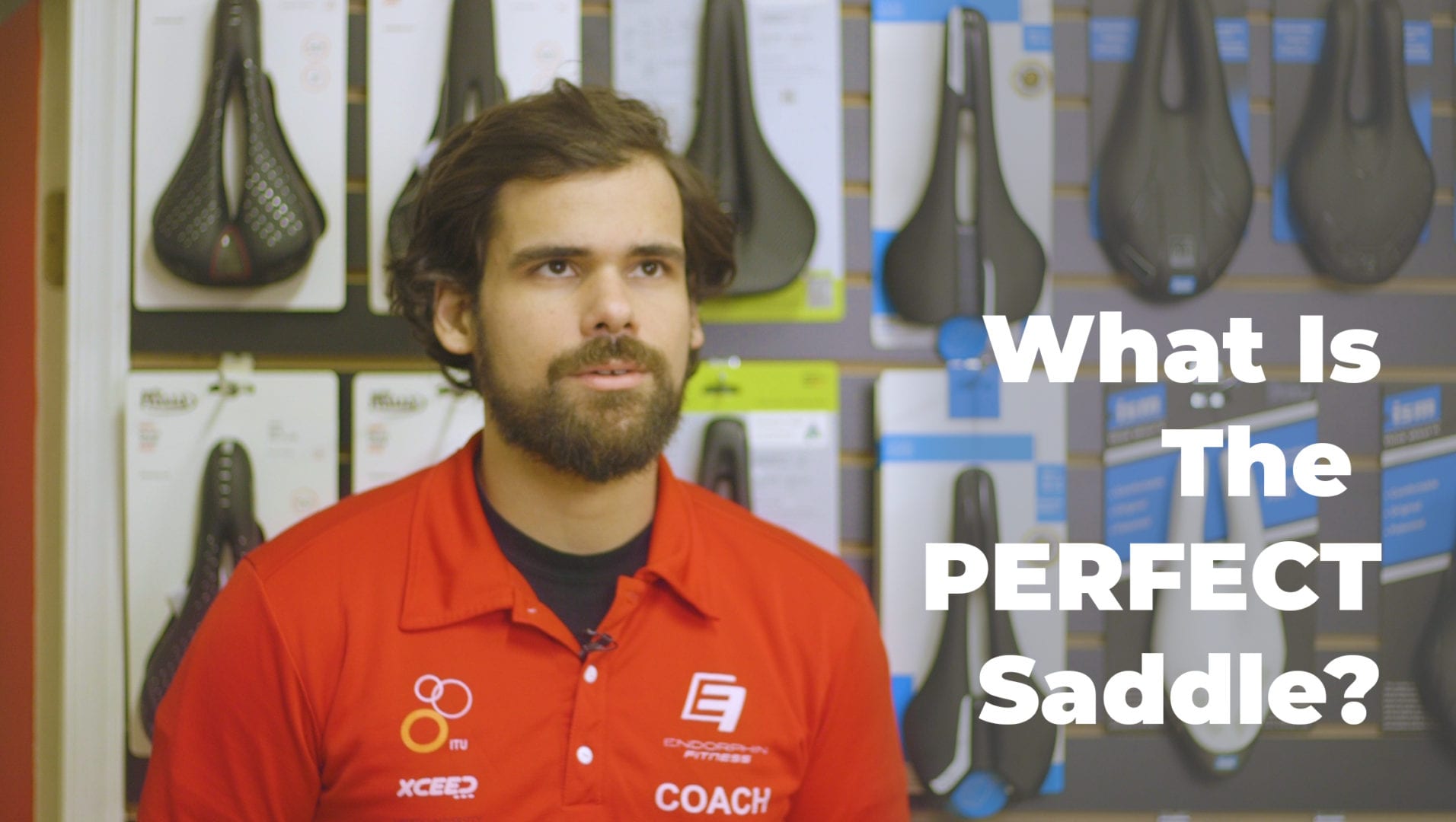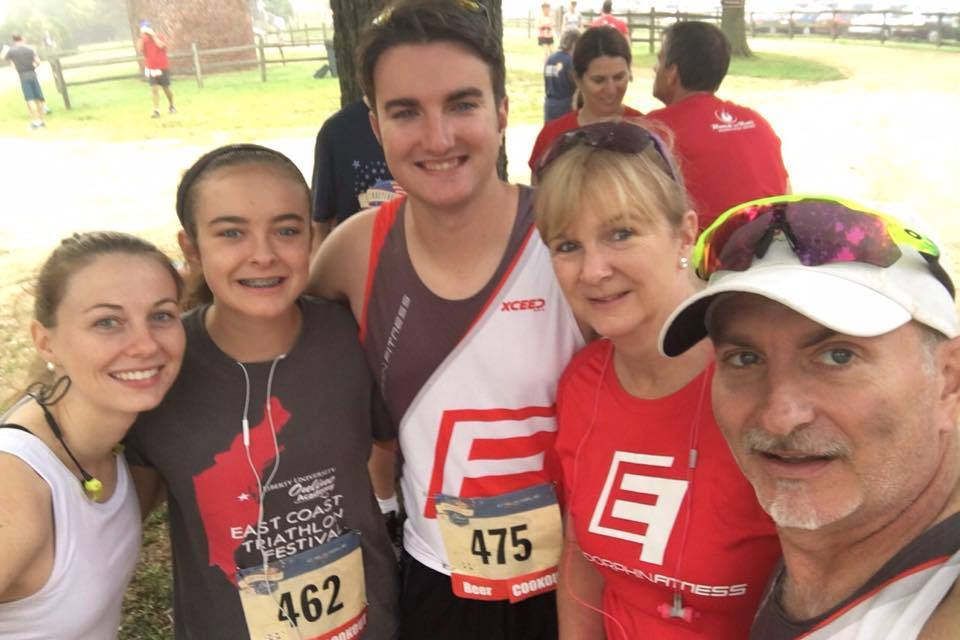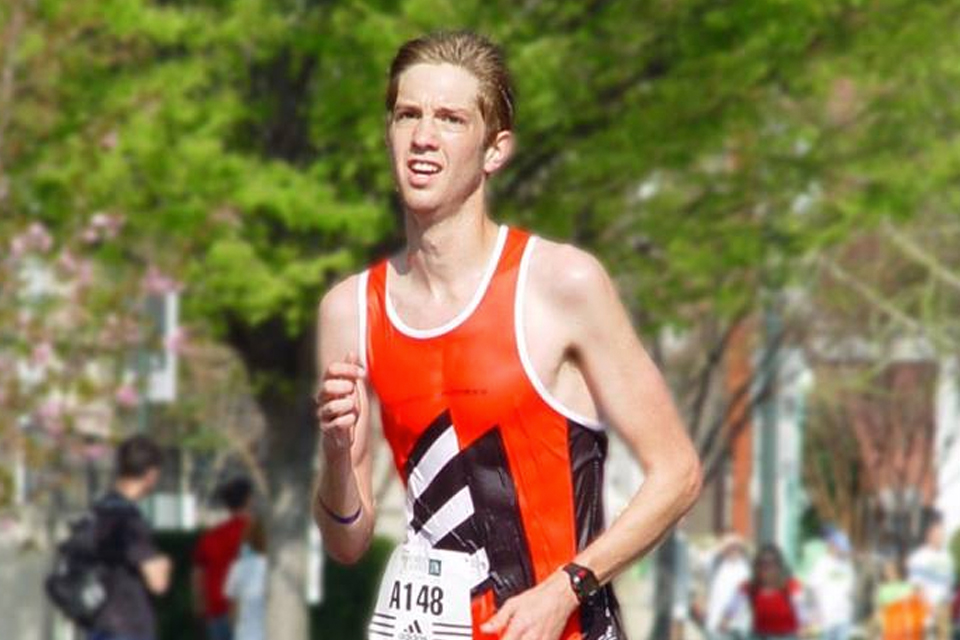

Finding the Perfect Bike Saddle: Good Fit = Speed
What is the perfect saddle? I don’t mean an okay saddle, or a good saddle, I mean what is the perfect saddle? This is a question that can vex riders- always switching out saddles, never sure if they’ve landed on the right one. At Endorphin Fitness, that doesn’t have to be the case.
Let me give you a simple answer to your question: there is no perfect bike seat. Your saddle selection will depend on your discipline and your body type. A comfortable saddle is no replacement for a good bike fit. With an expert set of eyes and a good conversation we believe the process of buying a saddle should be exciting rather than frightening.
At Endorphin Fitness, we believe that choosing a saddle is ultimately a process of matching rider and saddle. Our fitter Andrew Wolak will work to ensure that you find a saddle that’s comfortable for you. The true test comes in the situation you need it to be comfortable: normal riding.
When you’ve found the saddle that allows you to ride to your maximum performance, it’s an amazing feeling. However, get the saddle selection or fit wrong, and the discomfort can nag at you and slow you down.
It doesn’t matter what your buddy is riding or what the pros are riding. The most important test of a saddle is how it feels when riding under normal conditions.
I’ll talk in a bit about our saddle selection process. First, let’s talk about a few important factors to consider when selecting a saddle.
Discipline
Saddle manufacturers know that every person is different. They also know that not every discipline of cycling will result in the same position or time spent on that saddle. So, the first thing to consider is what discipline a saddle is designed for.
A triathlon saddle, for example, usually has a forked design with a wide relief channel and some foam padding. The amount of padding will be based on a variety of factors, but will ultimately come down to personal preference. Some prefer a saddle with more padding, others prefer minimal padding. However, the actual profile of the saddle and the channels in the padding are designed assuming a more forward, leaned position.
Road riders will often favor a performance saddle with carbon rails and little to no padding. Selecting carbon rails over steel rails has minimal advantage other than saving weight, which can be important on performance road bike. The lack of padding may make a touring rider squirm with the thought of riding that saddle all day. However, when you consider the efficiency gained in having a firm saddle it is a fair trade off in a short crit or road race.
The list of trade-offs present in each saddle could go on. A person who rides occasionally and recreationally may desire a padded saddle for the comfort it offers for short rides without additional bike attire. A cross country mountain biker is going to need to carefully balance weight, fit, and padding amount. An urban rider may opt for a leather saddle which offers comfort but also style.
There are many disciplines of cycling, and saddle manufacturers have created as many saddles to suit a variety of riding types. Our fitter Andrew Wolak is familiar with every type of riding, and can help you find the saddle that fits your riding needs like a glove.
Fit
It should be intuitive to understand the impact of saddle selection on overall ride comfort. The soft tissue making contact with the saddle and bearing the lion’s share of your weight is a recipe for great discomfort if the selection is made poorly.
It’s absolutely true that saddle selection and position on the bike within fit is an important, major aspect of bike fitment. However, another important consideration to make when swapping between saddles is the design of one saddle relative to another. In order to maintain the same fit, you will often need to make adjustments to your saddle position.
For example, if your saddle has an additional 2mm of padding, you would need to move your seat post down to keep the same effective seat height. Two saddles may have different rail lengths, making measuring and placing the saddle a difficult task. Our fitter Andrew Wolak makes every measurement and takes every precaution necessary to ensure that the fit remains consistent when swapping saddles.
How we do it at EF
You have heard me say it several times, but I’ll repeat myself. We believe at EF that selecting a saddle is a process of matching rider and saddle.
Our fitter Andrew Wolak has over 15 years of experience riding, maintain bikes, and fitting riders. This has given him a wealth of knowledge on what saddles work best for what riders. It’s our hope that he gets you set up with the perfect saddle on the first try, but it can take some time, and we’re ready to help. It may take a few attempts, a few swapped saddles and a couple weeks of riding and testing to figure out.
Even if it takes a few tries to find the right saddle for you, we are confident that we can find you the right saddle. The performance and comfort benefits of finding a saddle that lets you stop thinking about how your rear end feels while riding are huge. Let us walk you through finding the perfect saddle!





